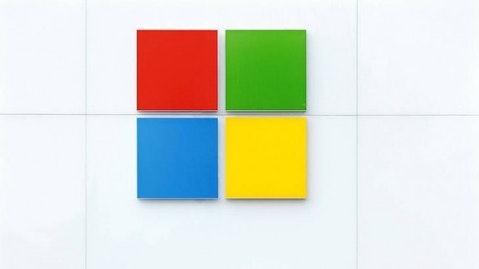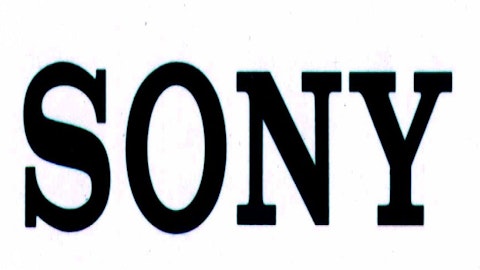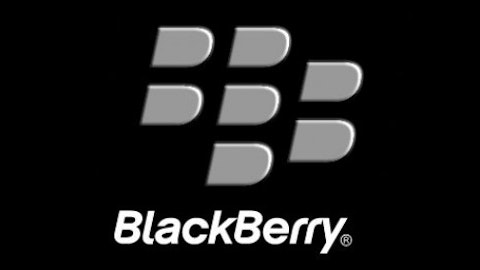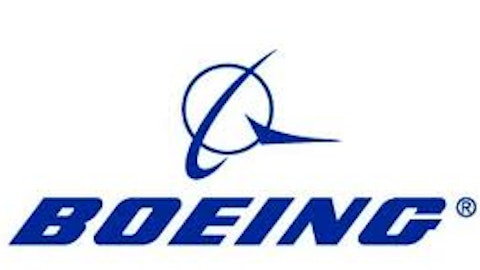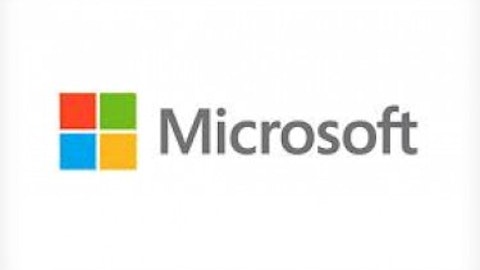Microsoft Corporation (NASDAQ:MSFT) pulled a Netflix, Inc. (NASDAQ:NFLX) move last year — and not in a good way.
The Windows 8 update was a radical departure from the usual Windows fare. If you sharpened your computing skills using the nearly 20-year-old Windows 95 interface, then you could still get around Windows Vista or 7 with little trouble. But Windows 8 reset every expectation you might have brought along. The software was clearly optimized for touchscreen tablets first, then grafted onto traditional PC systems with a half-barked order to like it or else. Users largely hated the abrupt shift and complained in droves.
So far, so Qwikster-like. Netflix, Inc. (NASDAQ:NFLX) built a successful DVD-mailing video-rental service with a bit of digital streaming on the side. Customers started getting used to the complete DVD library and convenient streaming service, side by side. Life was good, and share prices climbed as high as $300.
Then, with little warning, the company split the streaming service apart from DVD mailers and asked customers to swallow it. DVDs were scheduled to spin off into a totally separate entity. The proposed name Qwikster quickly became a curse word, and users only saw decreased convenience for a higher total price — kind of like the forced march into Microsoft Corporation (NASDAQ:MSFT)’s tablet-oriented Metro experience.
And that’s where the similarities end.
Netflix, Inc. (NASDAQ:NFLX) backed out of the Qwikster dead end swiftly and gracefully. CEO Reed Hastings posted a public apology and scrapped the wholesale Qwikster separation. He still introduced separate DVD and streaming plans but kept them integrated under one service umbrella. It hasn’t been a smooth ride, but share prices have tripled from the Qwikster lows. Splitting off the DVD service might be a realistic idea nowadays. Qwikster was a timing error more than anything else.
Microsoft Corporation (NASDAQ:MSFT) could have followed a similar path: drop the most controversial features of Windows 8 or at least make them optional, rather than mandatory; bring back the good old “Start” menu for users who feel lost without it; leave the tablet-like app store in the ditch, and bring it back when customers are ready for it; and train people on tablets first and then introduce the newly familiar features of the core Windows experience.
But no, that’s not what Microsoft Corporation (NASDAQ:MSFT) is doing. Redmond is about to introduce a Windows 8.1 update, and it’s a free upgrade for existing Windows 8 users. It’s a golden opportunity to back off the largest issues with an unpopular platform. Instead, Microsoft decided to tweak a feature here and there while keeping the core experience far too intact. We’re talking about cosmetic changes that do nothing to smooth over the jarring transition from older Windows systems.
For example, the missing “Start” button is back, but without the cascading program menu you’re used to. Instead, the familiar button becomes just another way (I think there are about four different methods now) to bring up the new start screen — a brand-new Windows 8 feature with no equivalent in older systems.
Windows users might have appreciated a kinder, gentler approach to the new experience. Windows 8 may in fact be exactly what Microsoft needs in the long run as tablets and smartphones continue to replace full-fledged PC systems for most uses. But we’re missing an intermediate step: a hybrid model that lets you play around with the new stuff while falling back to the old way for serious work — like the current Netflix model, where DVD remains an option if you’re nervous about this newfangled streaming-video idea.
That’s why Microsoft Corporation (NASDAQ:MSFT) shares aren’t bouncing back, whereas Netflix shares rose like a phoenix from the ashes of a horrendous idea. Instead, Microsoft stock has largely paced right alongside its Dow Jones peers since the Windows 8 cat was let out of the bag. And I think investors are being too generous, because Microsoft isn’t even pretending to fix the root causes of this slowdown.

Microsoft Corporation (NASDAQ:MSFT)’s trailing earnings are down 29% over the last year, and share prices are up 17% for no good reason. I don’t think that’s fair or sustainable.
The article Windows 8: Microsoft’s Qwikster Moment originally appeared on Fool.com and is written by Anders Bylund.
Fool contributor Anders Bylund owns shares of Netflix, but he holds no other position in any company mentioned. Check out Anders’ bio and holdings or follow him on Twitter and Google+. The Motley Fool owns shares of Netflix. Motley Fool newsletter services have recommended buying shares of Netflix and Microsoft. The Motley Fool has a disclosure policy. We Fools may not all hold the same opinions, but we all believe that considering a diverse range of insights makes us better investors.
Copyright © 1995 – 2013 The Motley Fool, LLC. All rights reserved. The Motley Fool has a disclosure policy.
